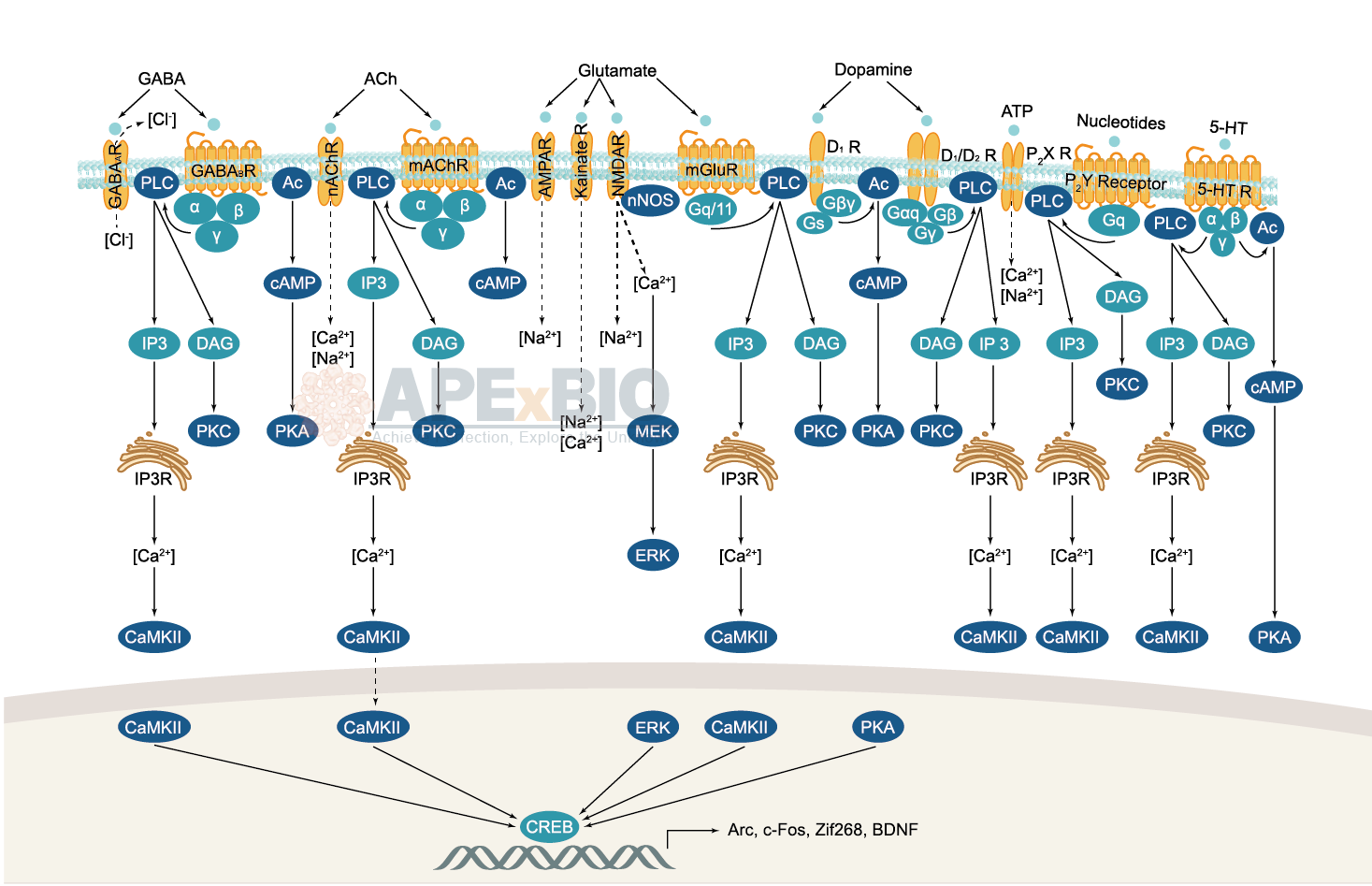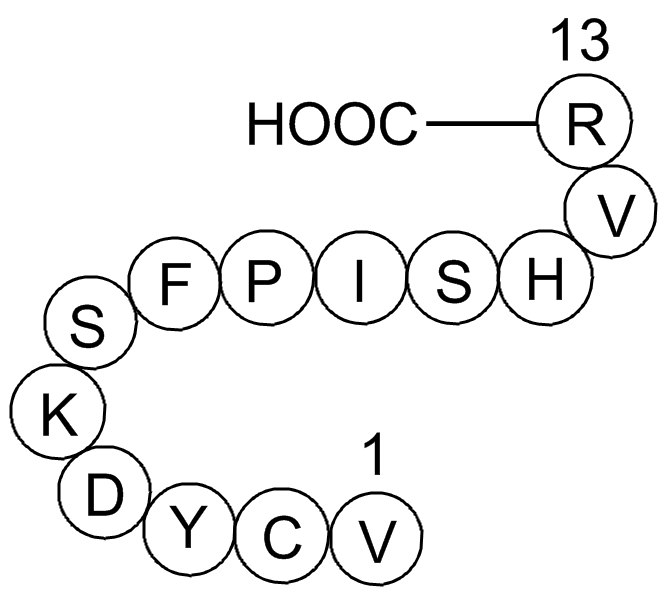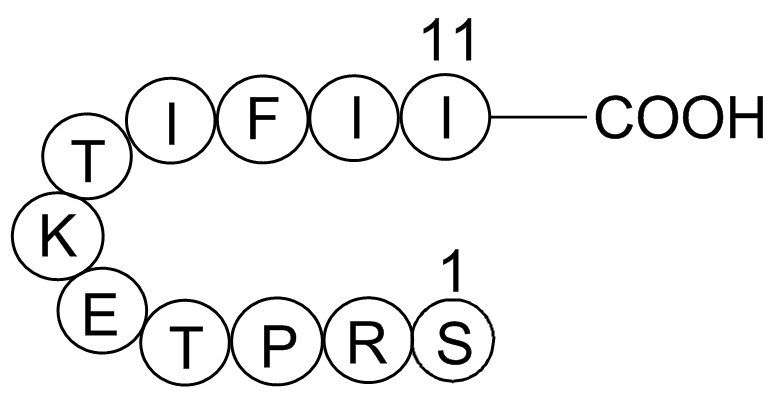Neuroscience

Neurotransmitter receptors function via various G-protein coupled and G-protein independent mechanisms that activate downstream intracellular signaling pathways such as cAMP/PKA, PI3K/AKT, phospholipase A2, and phospholipase C pathways. For instance, dopamine receptors act through adenylate cyclase to activate PKA and other signaling molecules, thereby mediate gene expression through the actions of CREB and other transcription factors. Other neurotransmitters such as NMDAR or AMPAR are associated with ion channels that control flux of Ca2+ and Na+, thus propagating the action potential across the post-synaptic neuron.
Dysfunctions in GABAergic/glutamatergic/serotonergic/dopaminergic pathways result in a broad range of neurological disorders such as chronic pain, neurodegenerative diseases, and insomnia, as well as mental disorders including schizophrenia, bipolar disorder, depression, and addiction.
-
 A1013 Endomorphin-1Summary: Agonist of μopioid receptors,highly potent and selective
A1013 Endomorphin-1Summary: Agonist of μopioid receptors,highly potent and selective -
 A1044 Gap 268 CitationTarget: Gap JunctionsSummary: Gap junction blocker peptide, mapping to connexin 43 residue 63-75
A1044 Gap 268 CitationTarget: Gap JunctionsSummary: Gap junction blocker peptide, mapping to connexin 43 residue 63-75 -
 A1045 Gap 274 CitationTarget: Gap JunctionsSummary: Selective gap junction blocker
A1045 Gap 274 CitationTarget: Gap JunctionsSummary: Selective gap junction blocker -
 A1134 Agouti-related Protein (AGRP) (25-82), humanTarget: Melanocortin (MC) ReceptorsSummary: Agouti-related peptide(25-82)
A1134 Agouti-related Protein (AGRP) (25-82), humanTarget: Melanocortin (MC) ReceptorsSummary: Agouti-related peptide(25-82)

